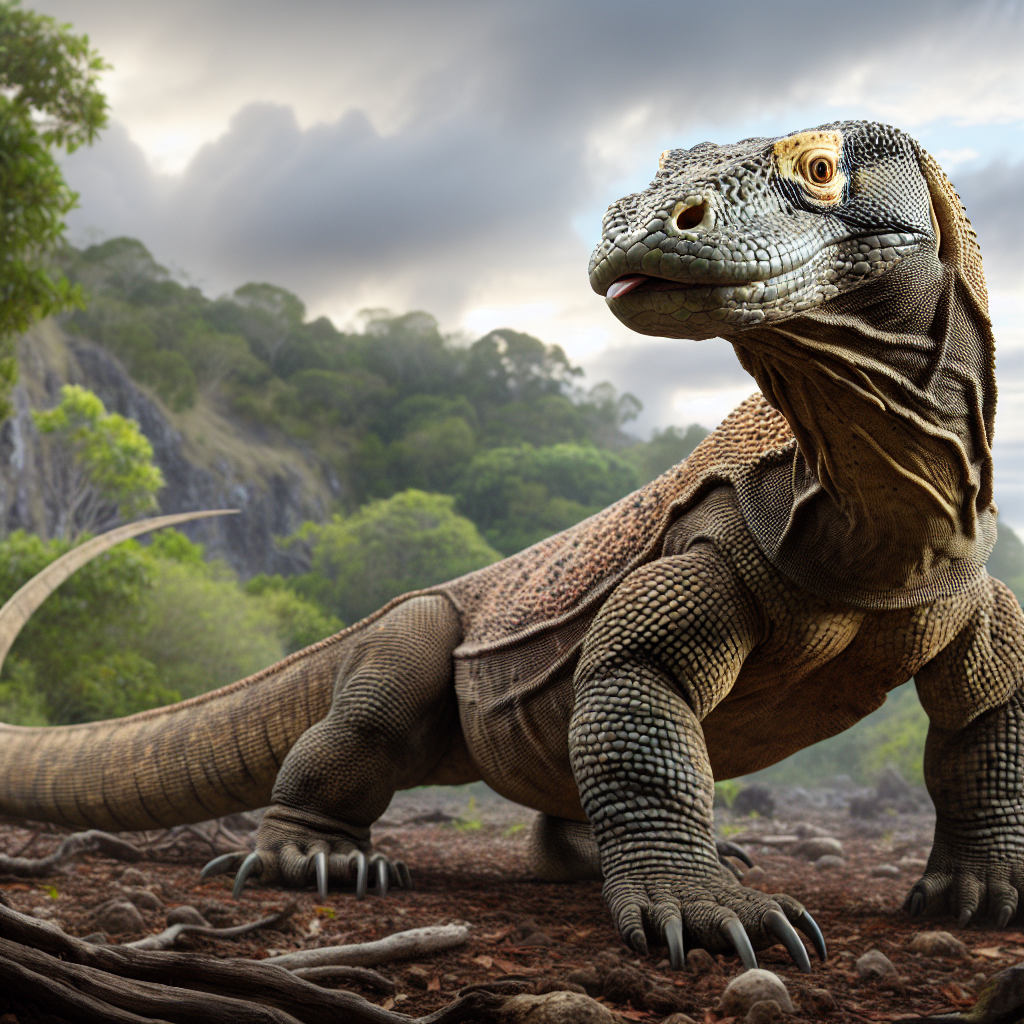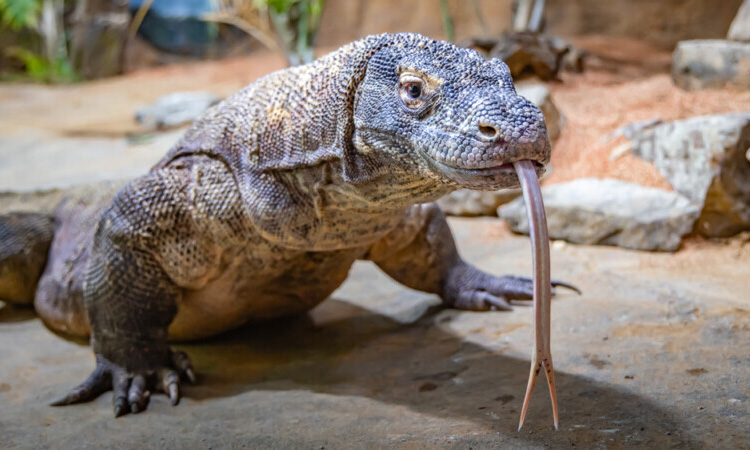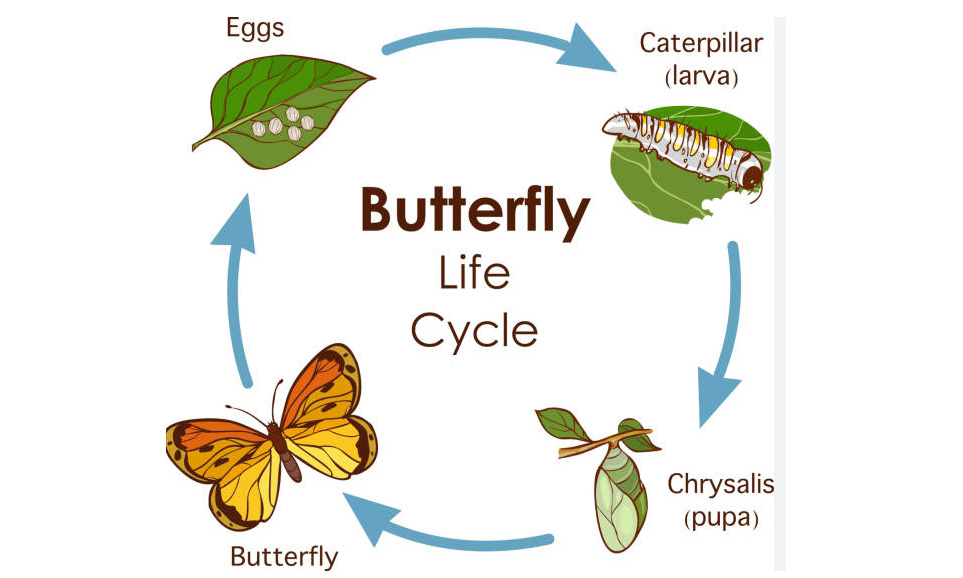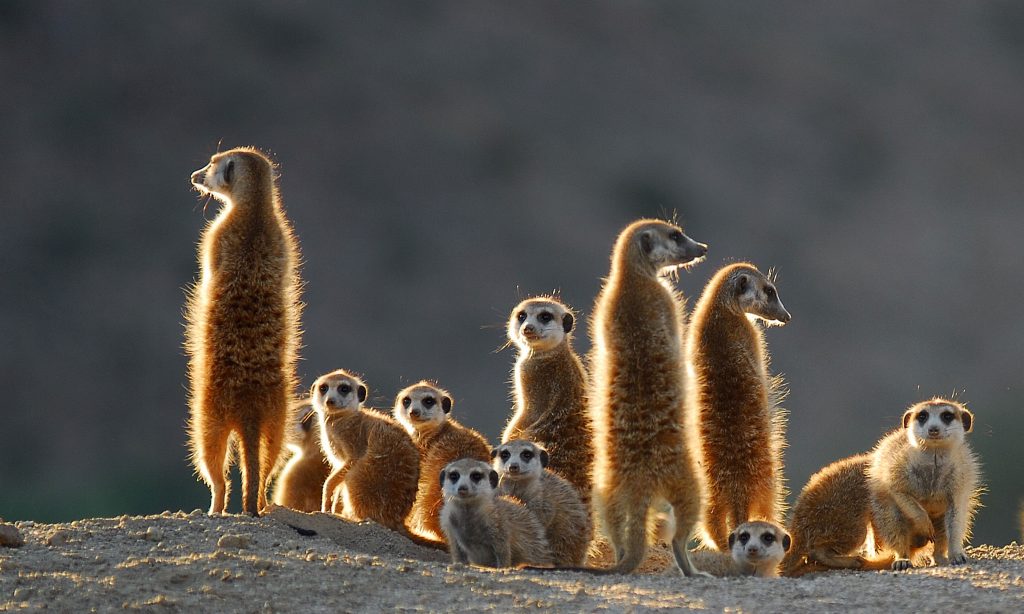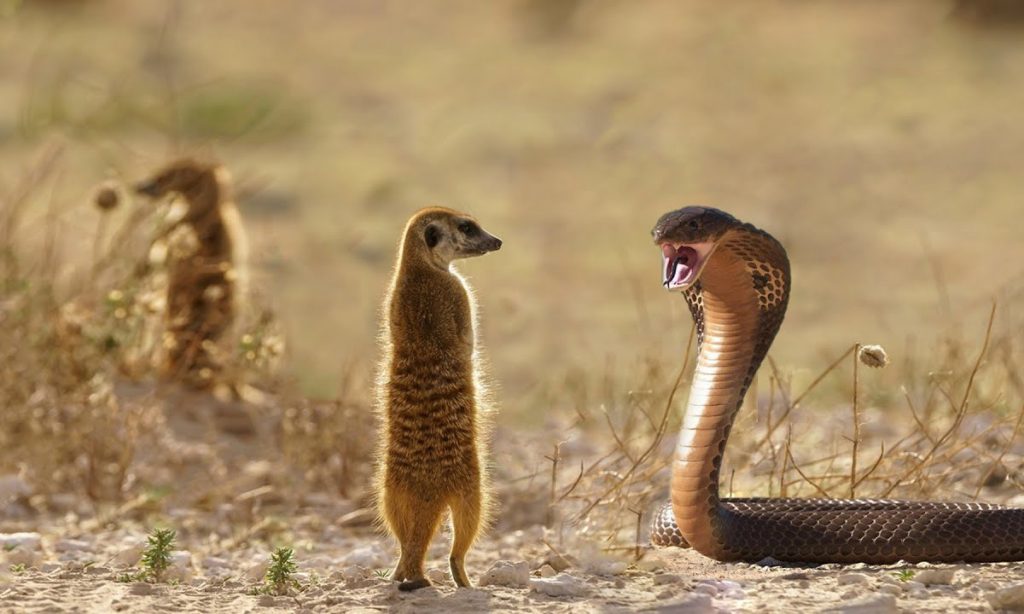The Majestic Appearance of the Komodo Dragon
The Komodo dragon, also known as Varanus komodoensis, is a fascinating and majestic creature that captures the imagination of many. With its impressive size and unique features, this reptile is truly a sight to behold. In this article, we will explore the majestic appearance of the Komodo dragon and delve into the various characteristics that make it such a remarkable creature. Here is the description komodo dragon as follows:
One of the most striking features of the Komodo dragon is its sheer size. These reptiles can grow up to 10 feet in length and weigh over 150 pounds, making them the largest lizards in the world. Their massive bodies are covered in rough, scaly skin that ranges in color from gray to brown. This tough exterior provides them with protection from their harsh environment and helps them blend into their surroundings.
The Komodo dragon’s head is another remarkable aspect of its appearance. It is large and triangular in shape, with a powerful jaw filled with sharp, serrated teeth. Their eyes are small and yellow, giving them a piercing gaze that adds to their intimidating presence. These reptiles also have a long, forked tongue that they use to sense their surroundings and locate prey.
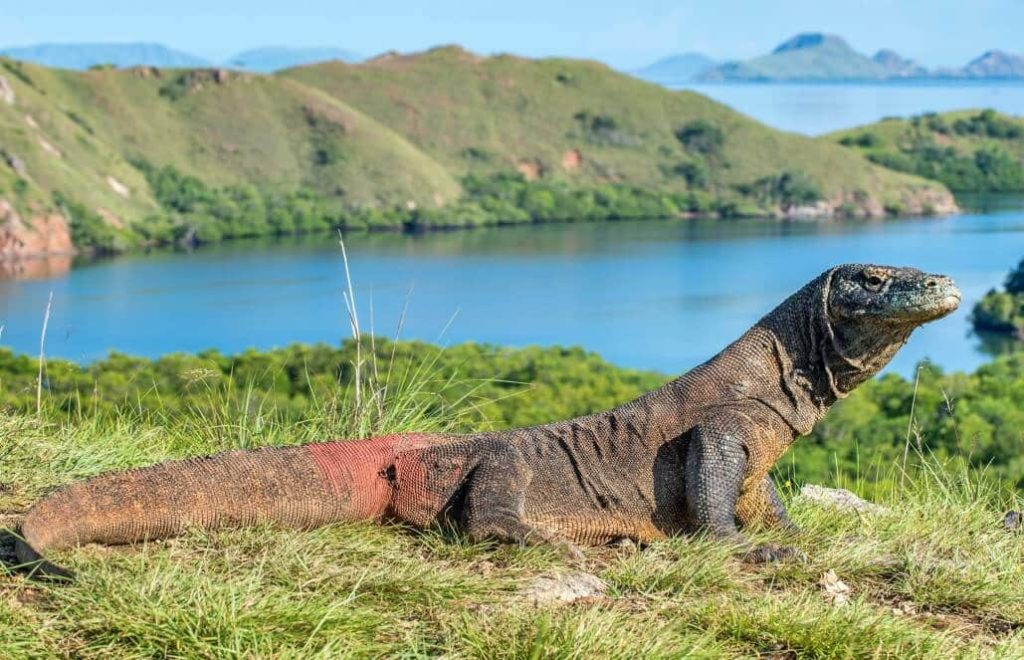
One of the most distinctive features of the Komodo dragon is its long, muscular tail. This appendage serves multiple purposes, including balance and defense. When threatened, the Komodo dragon can whip its tail with incredible force, delivering a powerful blow to its attacker. This tail also helps the reptile navigate through its habitat, whether it be on land or in water.
The Komodo dragon’s limbs are another notable aspect of its appearance. They are short and stocky, with sharp claws that enable them to climb trees and dig burrows. These limbs, combined with their powerful muscles, allow them to move swiftly and efficiently, making them formidable predators.
In terms of coloration, the Komodo dragon’s scales provide excellent camouflage in its natural habitat. The gray and brown hues of their skin blend seamlessly with the rocky terrain and dense vegetation of the Indonesian islands they call home. This camouflage allows them to stalk their prey undetected, giving them a distinct advantage in the wild.
Despite their intimidating appearance, Komodo dragons are not solely focused on aggression. They have a unique way of communicating with each other through a series of hisses, growls, and body movements. These signals help establish dominance, attract mates, and warn off potential threats.
In conclusion, the Komodo dragon’s majestic appearance is a testament to its status as a top predator. From its massive size to its powerful jaws and tail, every aspect of this reptile’s physicality is designed for survival and dominance. Its ability to blend into its surroundings and communicate with its own kind further adds to its allure. As the description komodo dragon most experts give, the Komodo dragon truly is a remarkable creature that continues to captivate and intrigue us.
Unveiling the Unique Characteristics of the Komodo Dragon
The Komodo dragon, also known as Varanus komodoensis, is a fascinating creature that inhabits the Indonesian islands of Komodo, Rinca, Flores, Gili Motang, and Padar. This species of lizard is the largest living reptile in the world, with males reaching lengths of up to 10 feet and weighing around 150 pounds. The Komodo dragon is a formidable predator, known for its unique characteristics and impressive hunting abilities.
One of the most distinctive features of the Komodo dragon is its scaly skin, which is a combination of gray, brown, and green hues. This rough skin provides excellent protection against the harsh environment and potential prey. The scales on the Komodo dragon’s body are reinforced with osteoderms, bony deposits that act as a natural armor. These osteoderms not only protect the lizard from injuries but also help regulate its body temperature.
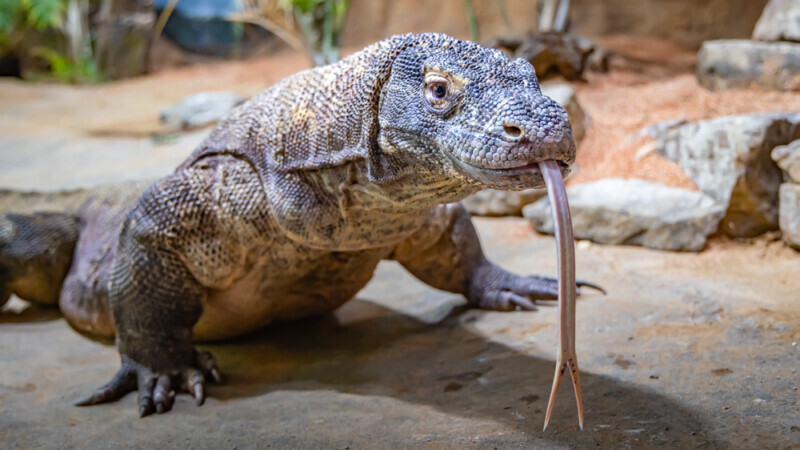
Another remarkable description komodo dragon is its powerful bite. Equipped with sharp, serrated teeth, this reptile can deliver a devastating bite to its prey. The Komodo dragon’s saliva contains a mix of bacteria that can cause severe infections, making its bite even more lethal. Once the prey is bitten, it is only a matter of time before the bacteria take effect, weakening the victim and allowing the Komodo dragon to make an easy kill.
Despite its large size, the Komodo dragon is an excellent swimmer. It can traverse long distances in water, using its muscular tail to propel itself forward. This ability to swim allows the Komodo dragon to inhabit a wide range of habitats, including coastal areas and small islands. It also enables the lizard to hunt for marine animals, such as fish and turtles, expanding its diet beyond land-dwelling creatures.
The Komodo dragon is a solitary creature, preferring to live and hunt alone. However, during the mating season, males engage in fierce battles to win the right to mate with females. These battles involve biting, clawing, and wrestling, with the dominant male emerging as the victor. Once the mating is complete, the female lays her eggs in a nest and guards them until they hatch. This maternal instinct is rare among reptiles and showcases the unique behavior of the Komodo dragon.
In terms of diet, the Komodo dragon is an opportunistic predator. It feeds on a variety of animals, including deer, pigs, birds, and smaller reptiles. The lizard’s strong sense of smell allows it to detect carrion from miles away, making it an efficient scavenger as well. The Komodo dragon’s hunting technique involves ambushing its prey, using its powerful legs to deliver a swift and deadly attack.
In conclusion, the Komodo dragon is a remarkable creature with unique characteristics that set it apart from other reptiles. Its scaly skin, powerful bite, swimming abilities, solitary nature, and opportunistic diet make it a formidable predator in its natural habitat. The Komodo dragon’s existence is a testament to the diversity and adaptability of the animal kingdom, reminding us of the wonders that can be found in the natural world.
Exploring the Natural Habitat of description komodo dragon
The Komodo dragon, also known as Varanus komodoensis, is a fascinating and unique creature that can only be found in a few select islands in Indonesia. This large lizard is the largest living species of lizard in the world, growing up to 10 feet long and weighing over 150 pounds. Its natural habitat consists of the islands of Komodo, Rinca, Flores, Gili Motang, and Padar, where it roams freely in the wild.
The natural habitat of the Komodo dragon is a diverse and challenging environment. These islands are characterized by rugged terrain, with steep hills and rocky cliffs. The climate is tropical, with a dry season from May to October and a wet season from November to April. The vegetation on these islands is sparse, consisting mainly of grasslands, savannas, and lowland forests. This unique combination of factors creates the perfect environment for the Komodo dragon to thrive.
One of the key features of the Komodo dragon’s natural habitat is its isolation. These islands are located in the Indonesian archipelago, far away from any other landmass. This isolation has allowed the Komodo dragon to evolve independently and develop its unique characteristics. It is believed that the Komodo dragon’s ancestors arrived on these islands millions of years ago and have since adapted to their surroundings.
The Komodo dragon is a top predator in its natural habitat. It primarily feeds on carrion, but it is also an opportunistic hunter, preying on a variety of animals including deer, pigs, and even water buffalo. Its large size and powerful jaws allow it to take down prey much larger than itself. The Komodo dragon has a unique hunting strategy, using its keen sense of smell to locate potential prey. Once it has found a target, it will ambush it with a sudden burst of speed, delivering a lethal bite with its sharp teeth.
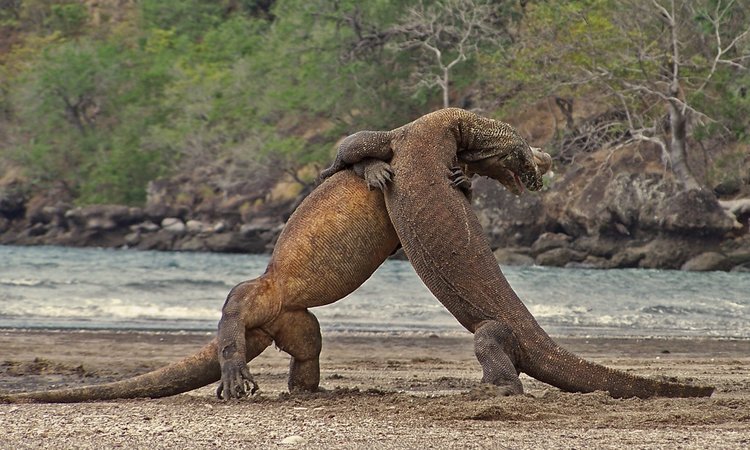
Despite its fearsome reputation, the Komodo dragon is not a threat to humans. It is a shy and solitary creature that prefers to avoid contact with humans. However, it is important to exercise caution when visiting its natural habitat. The Komodo dragon has a venomous bite that can cause severe injury or even death. It is best to observe these creatures from a safe distance and to follow the guidance of experienced guides when exploring their habitat.
Conservation efforts are underway to protect the natural habitat of the Komodo dragon. These efforts include the establishment of national parks and reserves, as well as educational programs to raise awareness about the importance of preserving this unique species. The Komodo dragon is listed as vulnerable by the International Union for Conservation of Nature (IUCN), and it is crucial that we take action to ensure its survival.
In conclusion, the natural habitat of the Komodo dragon is a unique and challenging environment that has shaped this fascinating creature. Its isolation, rugged terrain, and sparse vegetation have allowed the Komodo dragon to evolve independently and develop its unique characteristics. While it is a top predator in its habitat, it poses no threat to humans if treated with respect. Conservation efforts are essential to protect this species and its natural habitat for future generations to enjoy.
